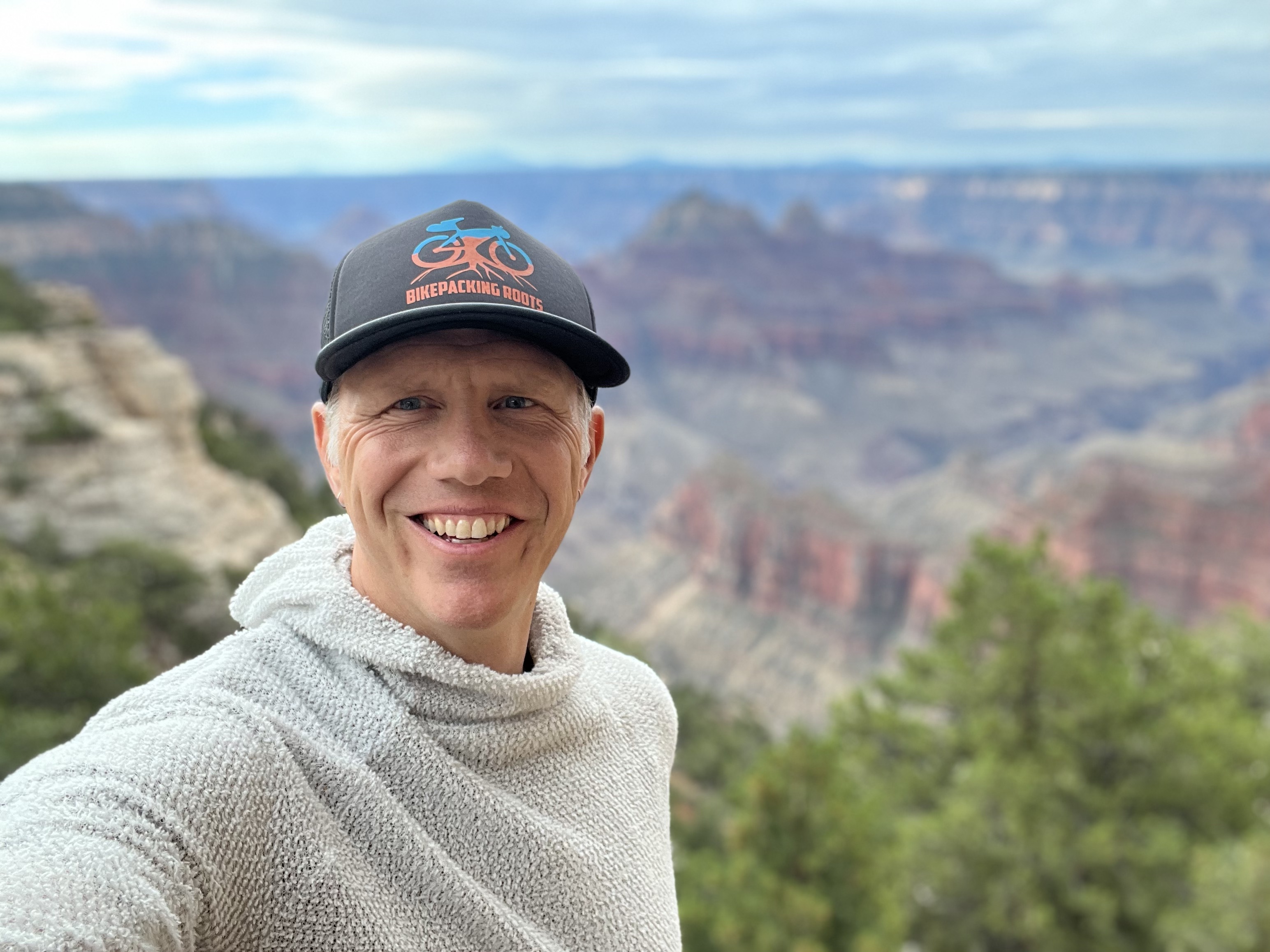Combinatorics
Welcome
Welcome to the course web page for the Spring 2019 manifestation of MAT 526: Topics in Combinatorics at Northern Arizona University.
Course Info
Title: MAT 526: Topics in CombinatoricsSemester: Spring 2019
Credits: 3
Section: 1
Time: 9:10-10:00AM MWF
Location: AMB 207
Instructor Info
Dana C. Ernst, PhDAMB 176
2:00-3:00 MF, 10:30-12:30 T, 10:15-11:15 W
dana.ernst@nau.edu
928.523.6852
danaernst.com
What is This Course All About?
This course focuses on enumerative combinatorics with an emphasis on generating function techniques. The tentative plan is to cover content from Chapters 0-9 of Inquiry Based Enumerative Combinatorics by T. Kyle Petersen. Here are the proposed topics:
- Permutations
- Combinations
- The Binomial Theorem
- Recurrences
- Generating functions
- Exponential generating functions and Bell numbers
- Eulerian numbers
- Catalan and Narayana numbers
- Partition theory
The mathematician does not study pure mathematics because it is useful; he studies it because he delights in it, and he delights in it because it is beautiful.
An Inquiry-Based Approach
This is not a lecture-oriented class or one in which mimicking prefabricated examples will lead you to success. You will be expected to work actively to construct your own understanding of the topics at hand with the readily available help of me and your classmates. Many of the concepts you learn and problems you work on will be new to you and ask you to stretch your thinking. You will experience frustration and failure before you experience understanding. This is part of the normal learning process. If you are doing things well, you should be confused at different points in the semester. The material is too rich for a human being to completely understand it immediately. Your viability as a professional in the modern workforce depends on your ability to embrace this learning process and make it work for you.
In order to promote a more active participation in your learning, we will incorporate ideas from an educational philosophy called inquiry-based learning (IBL). Loosely speaking, IBL is a student-centered method of teaching mathematics that engages students in sense-making activities. Students are given tasks requiring them to solve problems, conjecture, experiment, explore, create, and communicate. Rather than showing facts or a clear, smooth path to a solution, the instructor guides and mentors students via well-crafted problems through an adventure in mathematical discovery. Effective IBL courses encourage deep engagement in rich mathematical activities and provide opportunities to collaborate with peers (either through class presentations or group-oriented work). If you want to learn more about IBL, read my blog post titled What the Heck is IBL?.
Much of the course will be devoted to students presenting their proposed solutions/proofs on the board and a significant portion of your grade will be determined by how much mathematics you produce. I use the word “produce” because I believe that the best way to learn mathematics is by doing mathematics. Someone cannot master a musical instrument or a martial art by simply watching, and in a similar fashion, you cannot master mathematics by simply watching; you must do mathematics!
In any act of creation, there must be room for experimentation, and thus allowance for mistakes, even failure. A key goal of our community is that we support each other—sharpening each other’s thinking but also bolstering each other’s confidence—so that we can make failure a productive experience. Mistakes are inevitable, and they should not be an obstacle to further progress. It’s normal to struggle and be confused as you work through new material. Accepting that means you can keep working even while feeling stuck, until you overcome and reach even greater accomplishments.
Don’t fear failure. Not failure, but low aim, is the crime. In great attempts it is glorious even to fail.
Furthermore, it is important to understand that solving genuine problems is difficult and takes time. You shouldn’t expect to complete each problem in 10 minutes or less. Sometimes, you might have to stare at the problem for an hour before even understanding how to get started. In fact, solving difficult problems can be a lot like the clip from the Big Bang Theory located here.
In this course, everyone will be required to
- read and interact with course notes and textbook on your own;
- write up quality solutions/proofs to assigned problems;
- present solutions/proofs on the board to the rest of the class;
- participate in discussions centered around a student’s presented solution/proof;
- call upon your own prodigious mental faculties to respond in flexible, thoughtful, and creative ways to problems that may seem unfamiliar at first glance.
As the semester progresses, it should become clear to you what the expectations are.
Dana C. Ernst
Mathematics & Teaching
Northern Arizona University
Flagstaff, AZ
Website
928.523.6852
Twitter
Instagram
Facebook
Strava
GitHub
arXiv
ResearchGate
LinkedIn
Mendeley
Google Scholar
Impact Story
ORCID
Current Courses
MAT 226: Discrete Math
MAT 526: Combinatorics
About This Site
This website was created using GitHub Pages and Jekyll together with Twitter Bootstrap.
Unless stated otherwise, content on this site is licensed under a Creative Commons Attribution-Share Alike 4.0 International License.
The views expressed on this site are my own and are not necessarily shared by my employer Northern Arizona University.
The source code is on GitHub.
Land Acknowledgement
Flagstaff and NAU sit at the base of the San Francisco Peaks, on homelands sacred to Native Americans throughout the region. The Peaks, which includes Humphreys Peak (12,633 feet), the highest point in Arizona, have religious significance to several Native American tribes. In particular, the Peaks form the Diné (Navajo) sacred mountain of the west, called Dook'o'oosłííd, which means "the summit that never melts". The Hopi name for the Peaks is Nuva'tukya'ovi, which translates to "place-of-snow-on-the-very-top". The land in the area surrounding Flagstaff is the ancestral homeland of the Hopi, Ndee/Nnēē (Western Apache), Yavapai, A:shiwi (Zuni Pueblo), and Diné (Navajo). We honor their past, present, and future generations, who have lived here for millennia and will forever call this place home.
